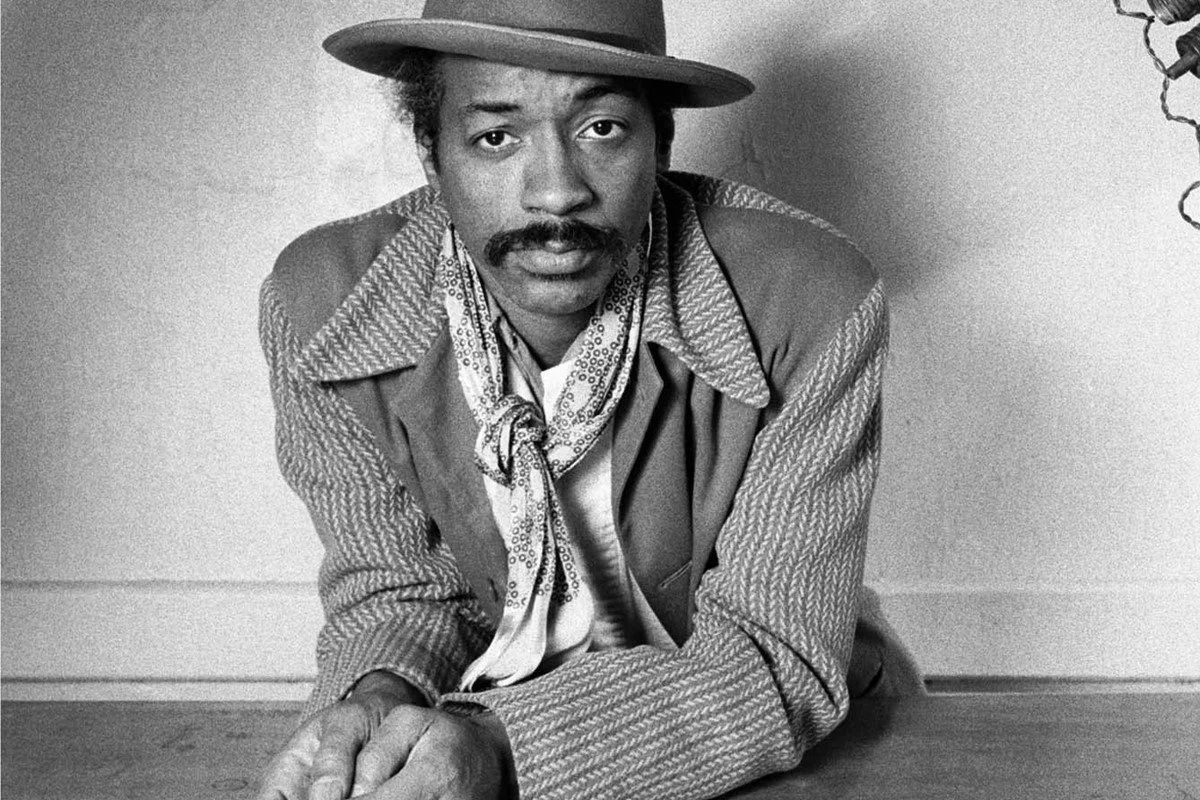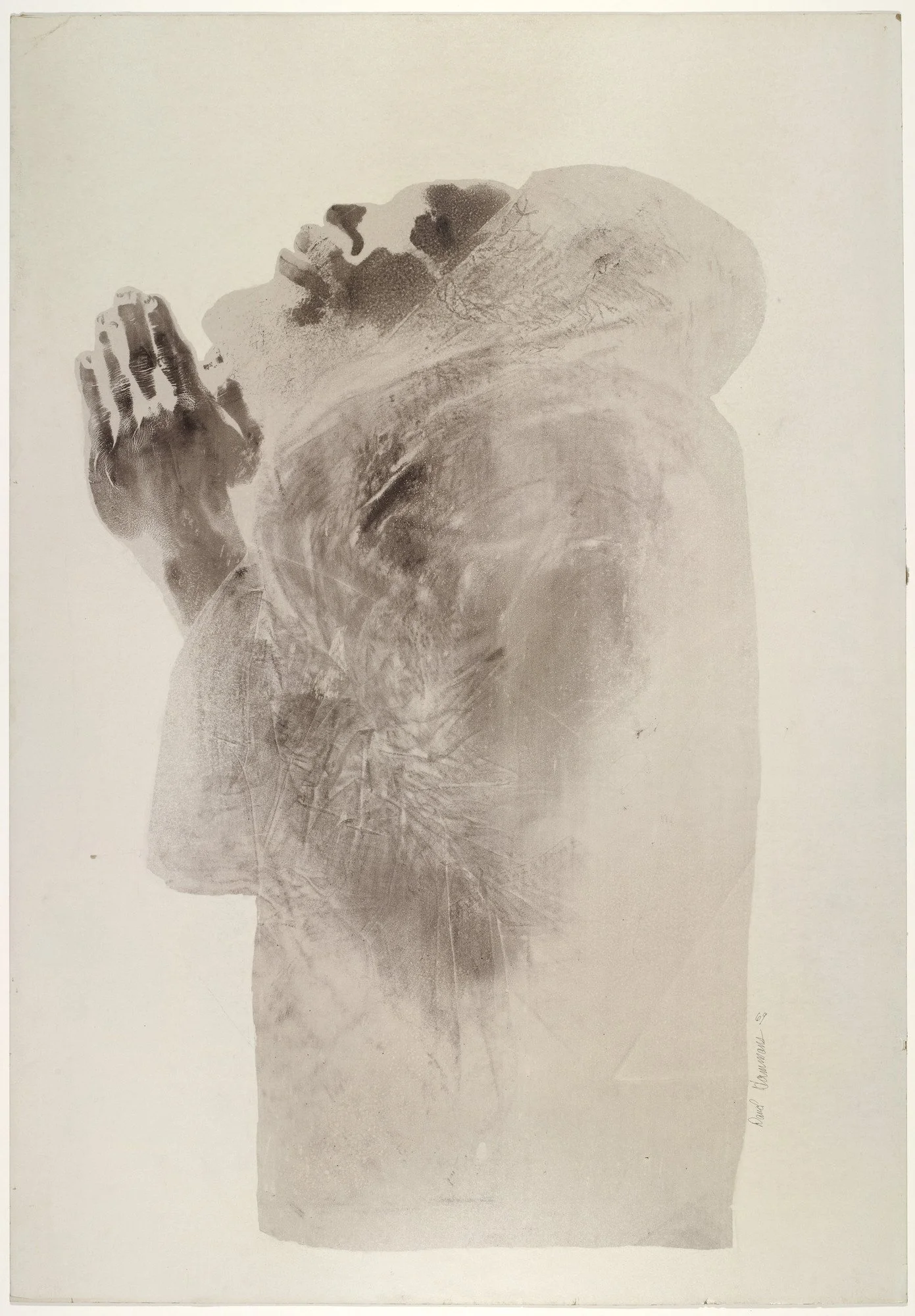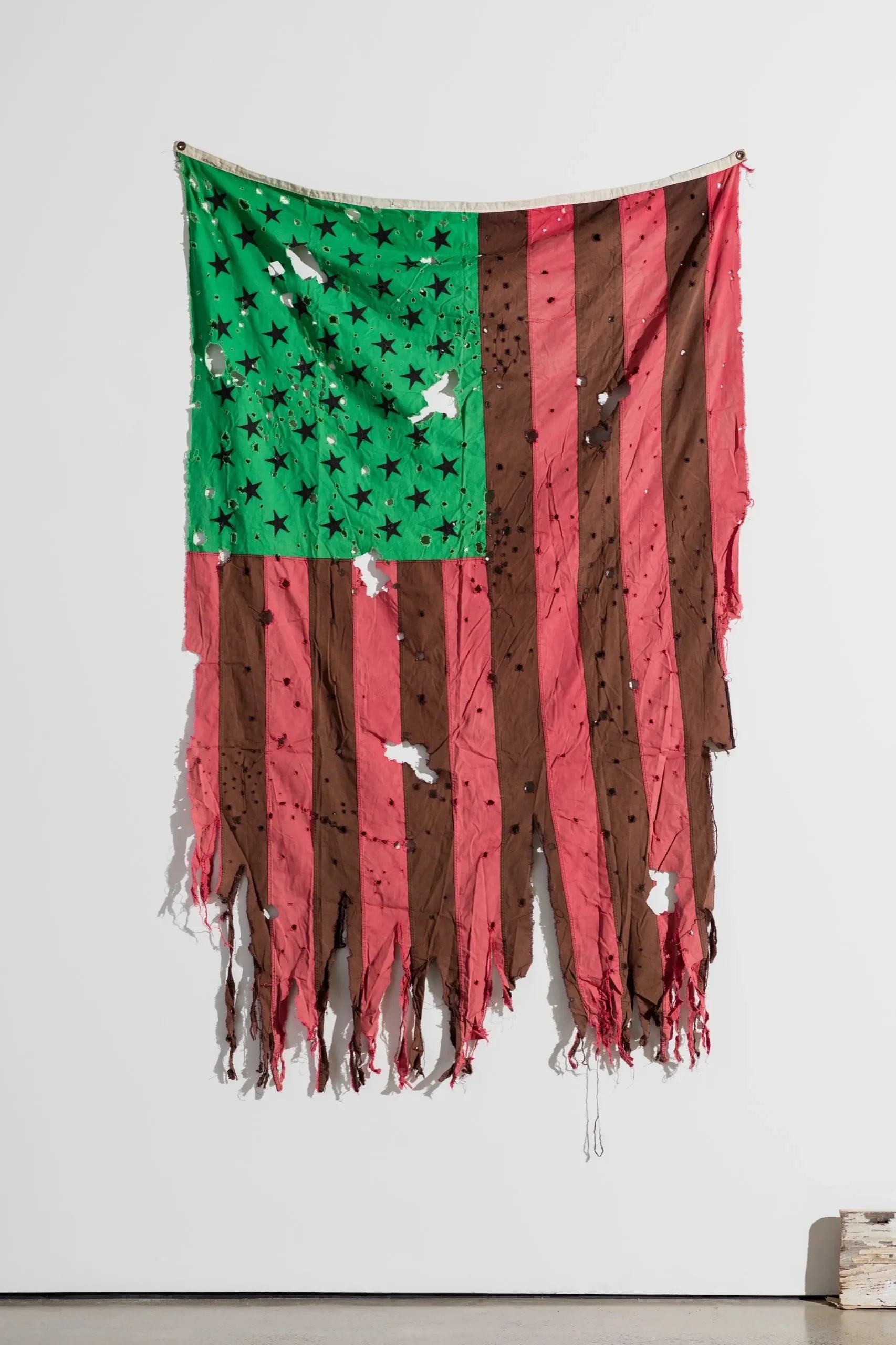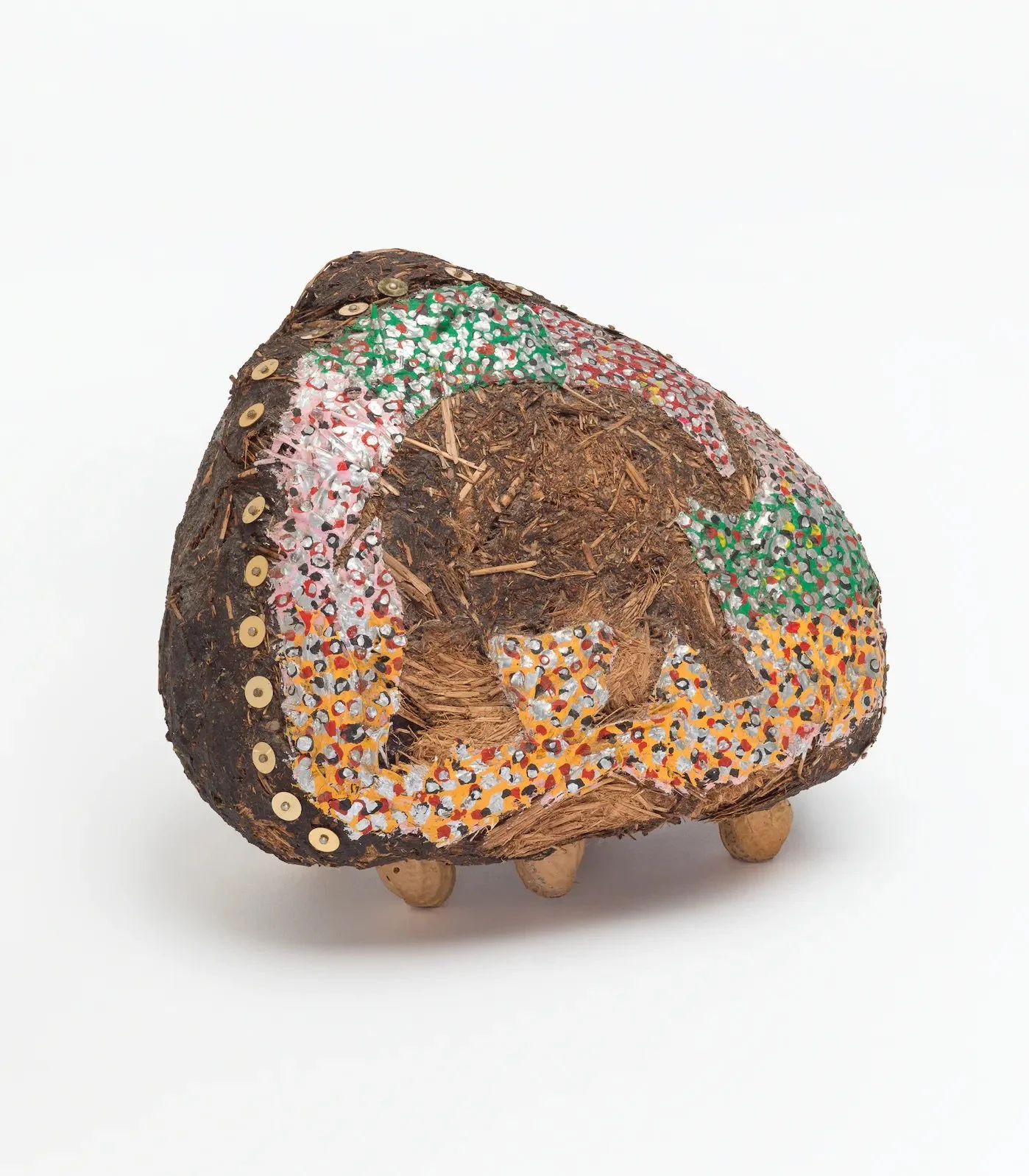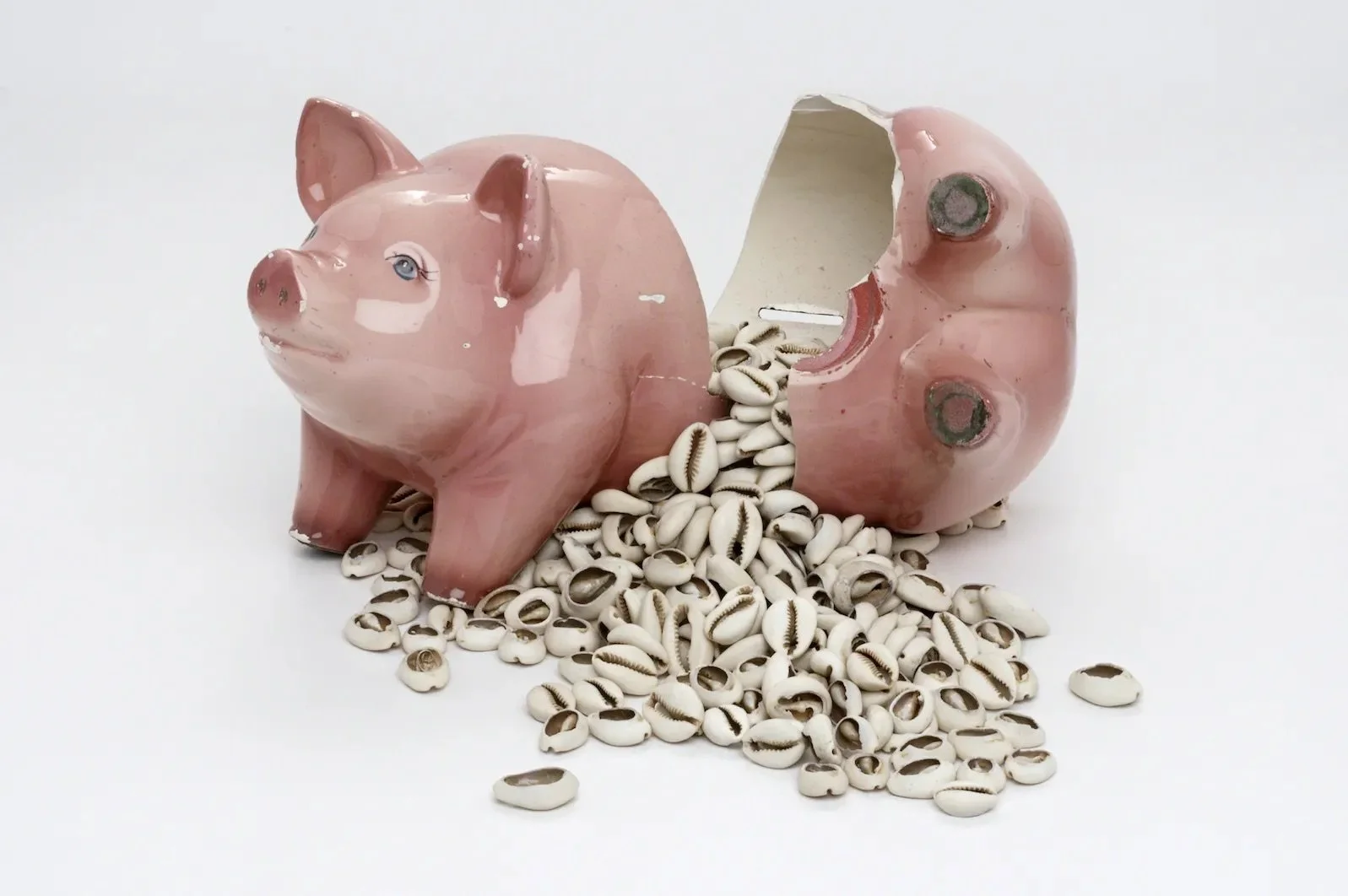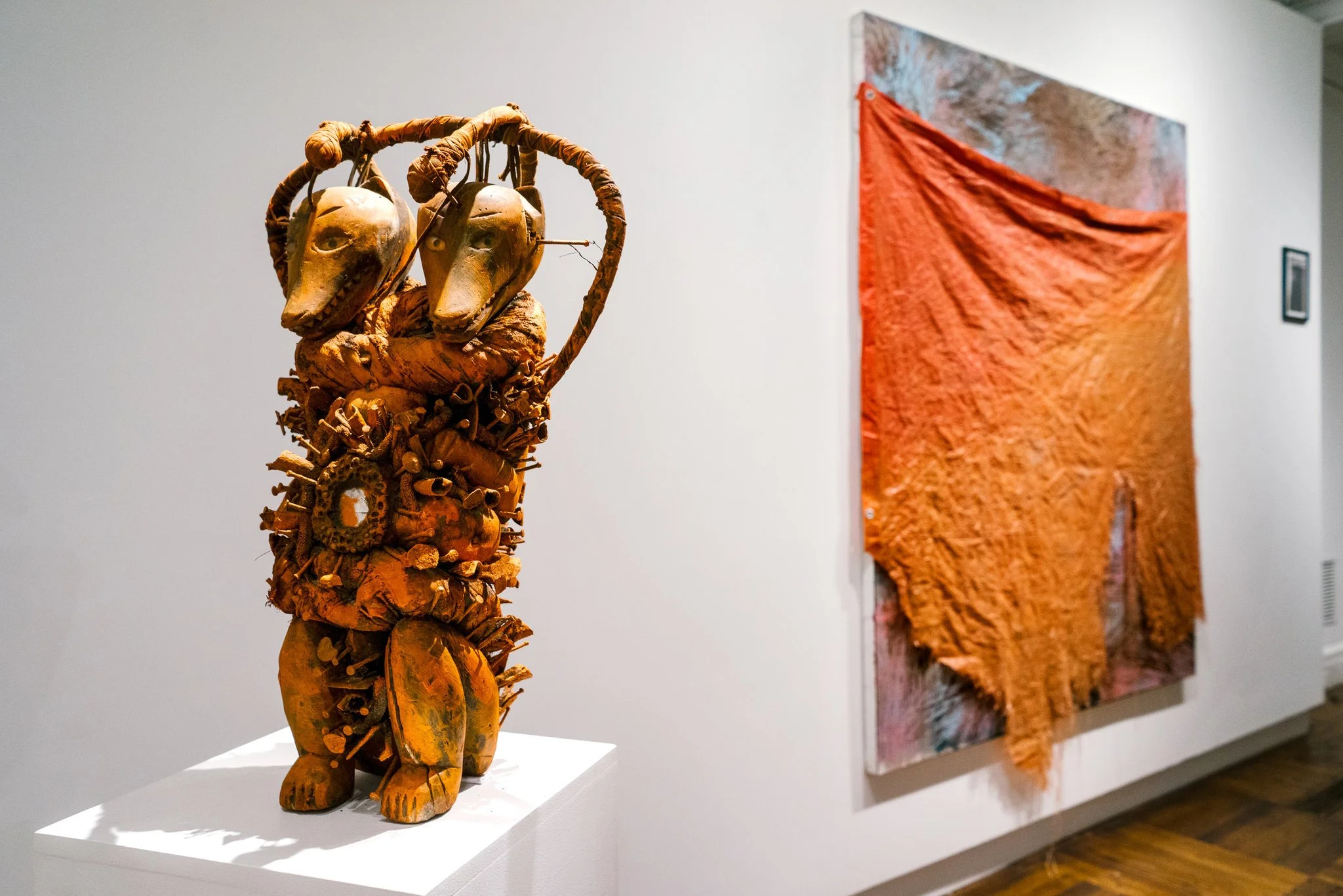David Hammons is a modern American artist who uses political commentary, poems, and satire to investigate oppressed realities, particularly relating to the Black existence. Hammons presents sharp, and insightful comments on cultural stereotypes, police violence, and the art world itself in his prints, drawings, performances, films, sculptures, and paintings.
david hammons
Hammons was born in 1943 in Springfield, Illinois. Growing up as a child in the 40s, Hammons experienced directly the injustices that Black Americans faced as a result of segregation, gaining a deep knowledge of social and racial inequities.
Over the last five decades, Hammons has developed a diverse body of work that examines the Black experience and the role of race in American culture.
In 1963, Hammons relocated to Los Angeles to study art. He immediately took night sessions at Otis Art Institute under realism artist and activist Charles White after experiences at Los Angeles City College and the Los Angeles Trade and Technical College. In the late 1960s, Hammons befriended Senga Nengudi, an abstract performance artist with whom he subsequently shared a studio in Los Angeles. They were part of a group that frequented Suzanne Jackson's Gallery 32, together with Betye Saar, Outterbridge, and others. The gallery showcased the work of upcoming African-American artists. Hammons lives and works in New York City, and now in his eighties, is still actively creating artwork and engaging in exhibitions.
In his work, Hammons frequently refers to the history of racism and the racial stereotypes put on African-American culture in order to unmask and recapture the elements and language that gave origin to these myths. In doing so, he gives these "symbols" clean and revolutionary significance. Elephant excrement, bottles of cheap wine, and chicken bones are among the unusual materials used in Hammons' work.
Artists such as Bruce Nauman, John Baldessari, Charles White, and Chris Burden have influenced him. White was a significant early inspiration for Hammons, notably his conviction that art could be some kind of activism and a tool for social change. White's tenure at Otis intersected with the growth of the essentially political Black Arts Movement during the height of the Black Power movement and in the midst of the Watts rebellions and the killing of Malcolm X in 1965.
“He has exhibited in New York, London, Brussels, Los Angeles, Vienna, and Tokyo, and his work has sold for seven figures at auction. Hammons has featured in group shows at the Museum of Modern Art, the Brooklyn Museum, the Fondation Louis Vuitton, and the Studio Museum in Harlem, among others” (Artsy).


